Apple quietly added the ability to see additional battery data in iPhone 15 Settings, including the current cycle count.
After a tumultuous season of battery complaints about iPhone 14, Apple has included several new data points and controls for iPhone 15 users. The latest data comes from a new battery section within the Settings -> General -> About screen.
First reported by 9to5Mac, an X post from Inverse editor Ray Wong showed off a screenshot of the new battery section. It shows information like the battery manufacture date, the first time it was powered on, and the current cycle count.
This information has always been discoverable with third-party tools but can be tricky to surface. This official way to easily see such data will be a boon to battery-concerned individuals.
Of the parameters shown here, users will benefit most from the current cycle count. With this data point and the battery health percentage, users will have more insight into how much their internal battery has aged.
This information is only available on iPhone 15 models. It isn't clear if Apple will bring this feature to older iPhone models running iOS 17.
Can confirm iPhone 15s now show battery cycle count in Settings > General > About pic.twitter.com/G0bOsYYCx4
— Ray Wong (@raywongy) September 20, 2023
The new battery information tab in the About screen isn't the only battery-focused feature discovered in iPhone 15 models. A new toggle in the battery health menu enables users to activate a hard stop at 80% charge.
These new features could be tied to specific hardware components, like a new power management processor. Otherwise, it isn't clear why they won't appear on older iPhones at a later date.
Users concerned about their device's battery health hope to squeeze out every extra second possible from their iPhone before needing a new battery or device. Anyone upgrading annually or every two years won't need to concern themselves much with battery health beyond resale value.
AppleInsider continues to recommend to avoid overthinking charging habits. Use cables with proper safety certification, stick to MagSafe instead of Qi if wireless charging is used, and just charge your device as needed. Anything else, for the average user, is overkill.
 Wesley Hilliard
Wesley Hilliard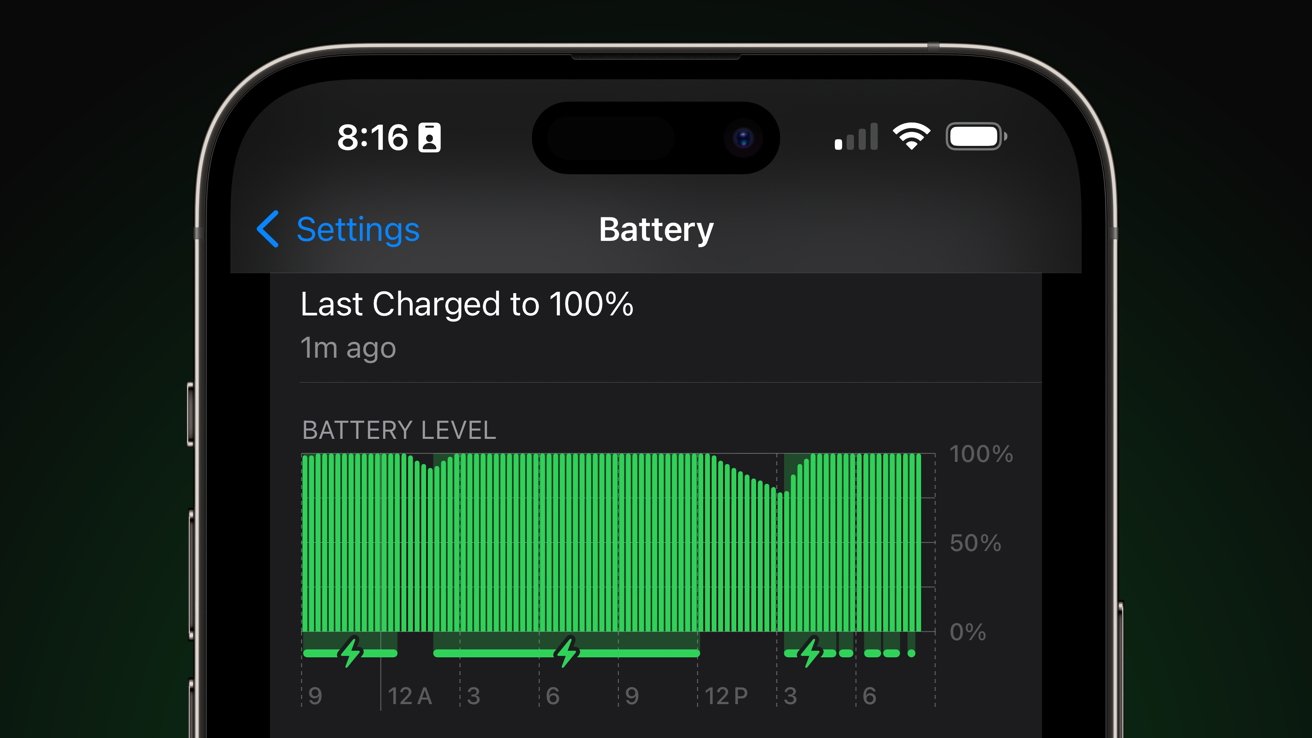







-m.jpg)





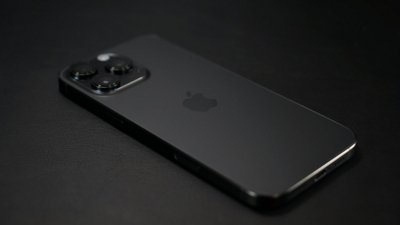


 Christine McKee
Christine McKee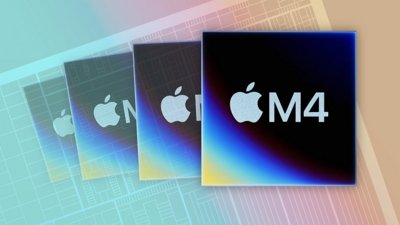
 Malcolm Owen
Malcolm Owen
 William Gallagher
William Gallagher
 Andrew Orr
Andrew Orr

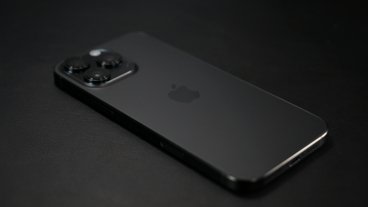

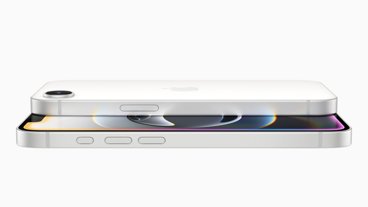


-m.jpg)




6 Comments
I disagree with the recommendation for MagSafe. The only phone o used it on was my 12 Pro Max and after nearly a year it was down to 86% battery. My 14 Pro Max is at 96% after a year. My 13 Pro Max also had similarly good battery. After three years my 8 Plus was at 82%. The only difference is the high heat I noticed when charging via MagSafe. No, I would not use MagSafe, or any fast charging for that matter, due to overheating. I always plug in and slow charge.
Me too, always plug in overnight on a slow charger. In two years my battery is still 100%.
The advice for all rechargeable batteries is to slow-charge to maintain their health. If you absolutely need to fast-charge to suit your life style then just accept that it will involve quickly diminishing battery capacity and the cost of replacing the battery to keep the device useful.
So what now? Most of the chargers now are fast charging….sue Apple for battery obsolescence??
I’m with the slow charge crowd. Anything that overheats your battery diminishes battery life … fast charging, wireless charging, sunlight, anything. Also, I try and protect my phone from drops, hard bumps or even vibrations. This also might diminish battery capacity. The electrolytic material is just too fragile in liquid form.
Bill